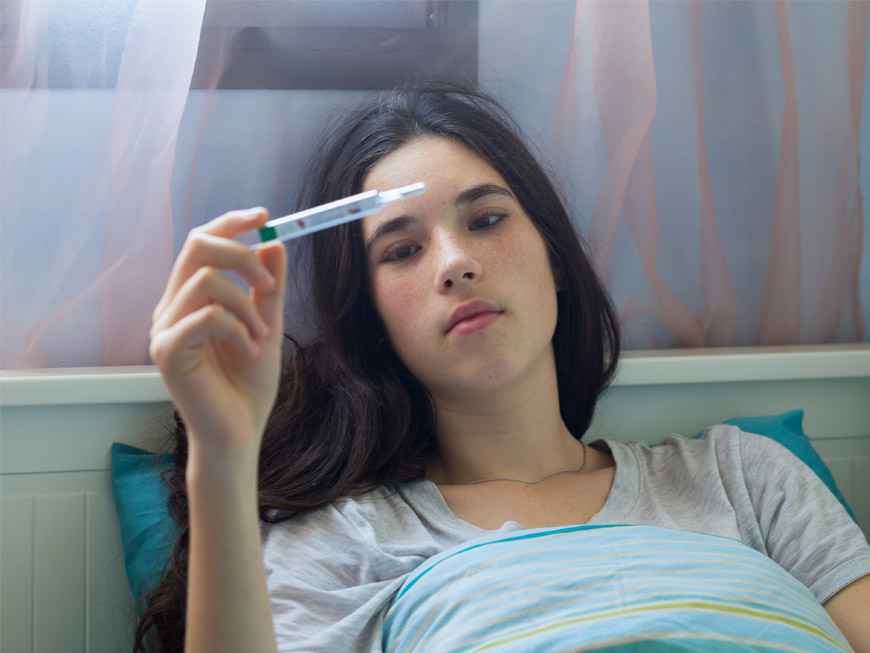Did you know you can fall sick if your washing machine is dirty? Researchers have discovered strains of bacteria, fungus and other skin infection causing germs in a washing machine. What can we do to keep healthy?
Don’t Let Your Washer Be A Polluter
As a washing machine’s main function is to remove dirt, grime and germs from clothes, no surprise that our clothes’ filth is transferred to the wash water. Add chemicals such as laundry detergents, softeners and other cleaning agents and it is the perfect environment to trap the dirt, grime and germs in a thin film that gets lodged on the walls of the washing tub. In fact, since we no longer use hot water and bleach as formerly prescribed, germs and mold can grow in a damp or humid environment.
Among the germs found by microbiologists include the food poisoning salmonella and E.coli, often transferred from underwear; the contagious skin infection causing MRSA and a whole range of other bacteria linked to skin infections and rashes that are antibiotic resistant. Just the thought that not all bacteria are rid of during a wash is enough to make you wash your hands before and after you do the laundry.
Add to that the potential of mold and other treatment-resistant bacteria and you can see why babies’ clothes, which are often lovingly sucked and chewed on by their wearers, are often handwashed by many parents.
A Cleaner Cure
However, hand washing alone is not enough to combat the multiple strains of bacteria. Washing machine could still be more effective, but the washing machine itself needs to be cleaned. Those doing laundry three times a week or more should wash their washing machine at least once a month. Of course, the efficiency of the wash does depend on getting a safe and reliable washing machine cleaner. This crucial masterstroke would definitely help you live a healthy, hygienic and happy life.
– An article by en.prezhome.com – Make Life Easier
